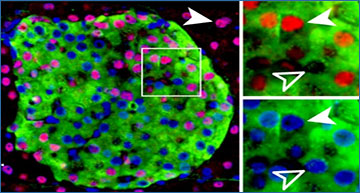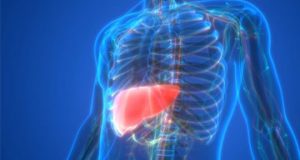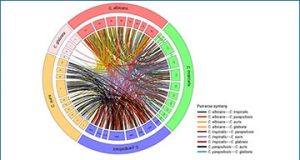Non-coding RNAs include small transcripts, such as microRNAs and piwi-interacting RNAs, and a wide range of long non-coding RNAs (lncRNAs). Although many lncRNAs have been identified, only a small number of lncRNAs have been characterized functionally.
Here, researchers at the NIH sought to identify lncRNAs differentially expressed during replicative senescence. They compared lncRNAs expressed in proliferating, early passage, ‘young’ human diploid WI-38 fibroblasts [population doubling (PDL) 20] with those expressed in senescent, late-passage, ‘old’ fibroblasts (PDL 52) by RNA sequencing (RNA-Seq). Numerous transcripts in all lncRNA groups (antisense lncRNAs, pseudogene-encoded lncRNAs, previously described lncRNAs and novel lncRNAs) were validated using reverse transcription (RT) and real-time, quantitative (q)PCR. Among the novel senescence-associated lncRNAs (SAL-RNAs) showing lower abundance in senescent cells, SAL-RNA1 (XLOC_023166) was found to delay senescence, since reducing SAL-RNA1 levels enhanced the appearance of phenotypic traits of senescence, including an enlarged morphology, positive β-galactosidase activity, and heightened p53 levels.
These results reveal that the expression of known and novel lncRNAs changes with senescence and suggest that SAL-RNAs play direct regulatory roles in this important cellular process.
- Abdelmohsen K, Panda A, Kang MJ, Xu J, Selimyan R, Yoon JH, Martindale JL, De S, Wood WH, Becker KG, Gorospe M. (2013) SAL-RNAs: Senescence-associated long non-coding RNAs. Aging Cell [Epub ahead of print]. [abstract]
 lncRNA Blog lncRNA Research and Industry News
lncRNA Blog lncRNA Research and Industry News







